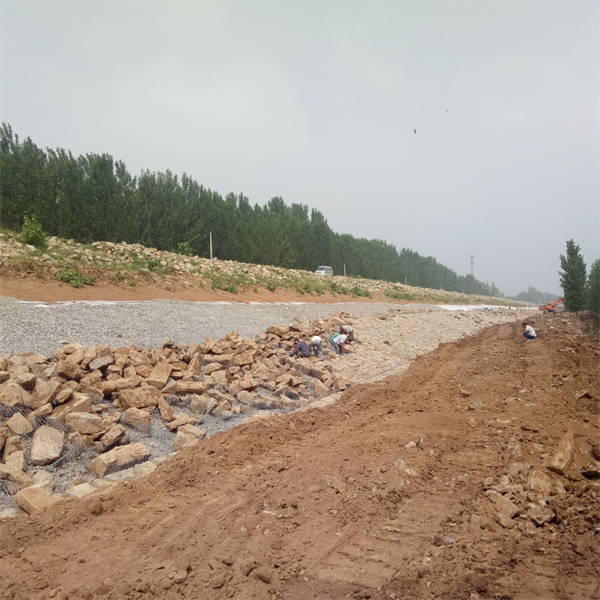Aug . 06, 2024 07:29 Back to list
Optimizing the Strength and Durability of Gabion Walls for Effective Landscaping Solutions
High-Quality Gabion Wall Ratio Understanding the Essentials
Gabion walls have gained significant popularity in modern engineering and architectural projects due to their durability, aesthetic appeal, and environmental benefits. As a versatile construction solution, gabion walls are constructed using wire baskets filled with stones, gravel, or other materials. To ensure the effectiveness and longevity of these structures, understanding the ratio of materials used in creating high-quality gabion walls is crucial.
What is a Gabion Wall?
A gabion wall is essentially a retaining structure made from wire mesh or welded wire baskets filled with rocks or other fill materials. These walls serve various purposes, including erosion control, landscape stabilization, noise reduction, and even decorative features in gardens and public spaces. The strength and stability of a gabion wall depend significantly on the quality and ratios of its materials.
Importance of Material Ratios
The ratio of materials used in the construction of gabion walls plays a vital role in determining the structural integrity and overall performance of the wall. Here are a few key components to consider
high quality gabion wall ratio

1. Mesh Quality and Thickness The quality of the wire mesh used for the gabion baskets directly influences the wall's resistance to environmental factors like rust, corrosion, and weathering. The wire's thickness is also essential; typically, a dimension of 3.0 mm to 4.0 mm is preferred for durability. The appropriate ratio of mesh to fill material is critical to ensure the wall maintains its shape and stability over time.
2. Fill Material Composition The selection and ratio of fill materials, such as stones or rocks, greatly affect the wall's weight, strength, and drainage properties. Ideally, the stones used should have a uniform size, and while there is no strict ratio indicating how much fill material is needed, considerations should be made for void spaces between them. A typical recommendation is having stones ranging from 100 mm to 300 mm in size to ensure they adequately fill the baskets while allowing for good drainage.
3. Construction Methodology The way gabion walls are constructed can impact their performance. A well-constructed wall typically requires a ratio of around 70% of the wall's height filled with stones, allowing for a solid foundation while leaving a small amount for compression and settling. Engineering methods involving the layering of stones can enhance wall stability, particularly in slope applications.
4. Geotechnical Considerations Before constructing a gabion wall, it's essential to assess the surrounding soil and hydrology, which may influence the material ratios. A suitable foundation and backfill techniques can significantly enhance the wall's performance, necessitating a careful assessment of pressure ratios imposed by soil and water.
Conclusion
The design and implementation of high-quality gabion walls hinge on understanding the correct ratios of materials involved. From wire mesh quality and fill material characteristics to construction techniques and environmental assessments, each factor plays a crucial role in ensuring the wall’s effectiveness and longevity. Ultimately, investing time and resources into determining the right material ratios will lead to safer, more resilient gabion walls that can serve their purpose effectively for years to come. With the right planning and execution, gabion walls can not only be functional but also serve as an elegant solution for various landscaping and engineering needs.
-
Wire Mesh Thickness Impact on Gabion Wall Load Bearing
NewsAug.12,2025
-
Ultimate Guide to Hexagonal Gabion Box
NewsAug.12,2025
-
Types of Rocks for Gabion Baskets Durability and Aesthetics
NewsAug.12,2025
-
Standard Gabion Box Sizes and Their Industrial Applications
NewsAug.12,2025
-
Easy Guide to Building Garden Gabion Cages at Home
NewsAug.12,2025
-
Drainage Solutions for Gabion Mesh Structures
NewsAug.12,2025
-
Visualizing Gabion 3D Integration in Urban Landscapes with Rendering
NewsJul.23,2025






